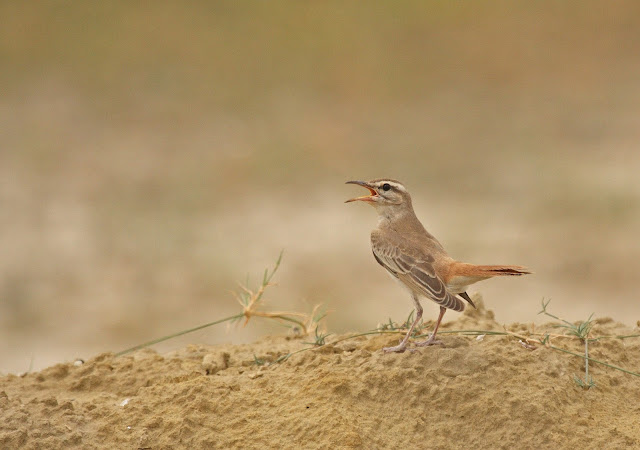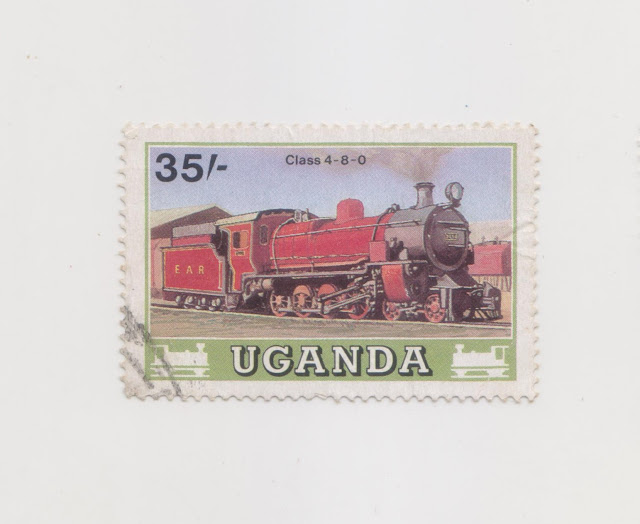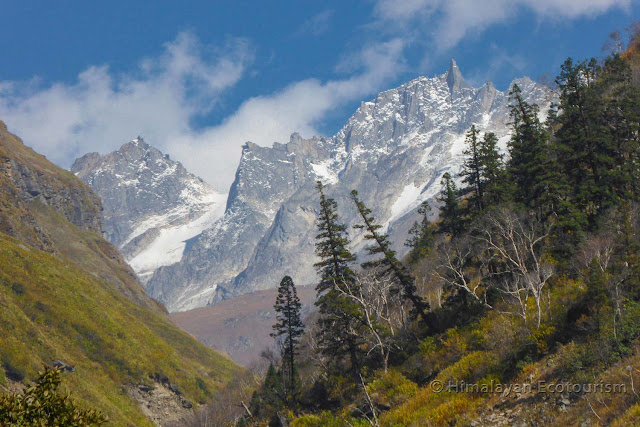Bird Calls: To play or not to play

Cut that call: Ethics and Misuse of Artificial Birdcalls This piece finds place on Round Glass here Thanks are due to the team at Round Glass A few years ago, I was in Nagaland working on a community conservation project in the Mokokchung- Zunheboto area. In addition to project work, other members of the team and I would go on birdwatching walks at dawn, braving the early morning chill for sightings of grey sibia and mountain bamboo partridge. On one of these walks, I remember one of my companions playing the call of the Naga wren babbler ( Spelaeornis chocolatinus ) for so long that the poor bird came and sat on the blessed phone. When I asked him if this was wise, he argued that he was one of the more serious bird watchers in the country, and could tell that the bird was not disturbed. I asked what would happen if people from the surrounding landscape (including those who hunt) picked up this practice, but he was confident that they could not. The basis for this se







